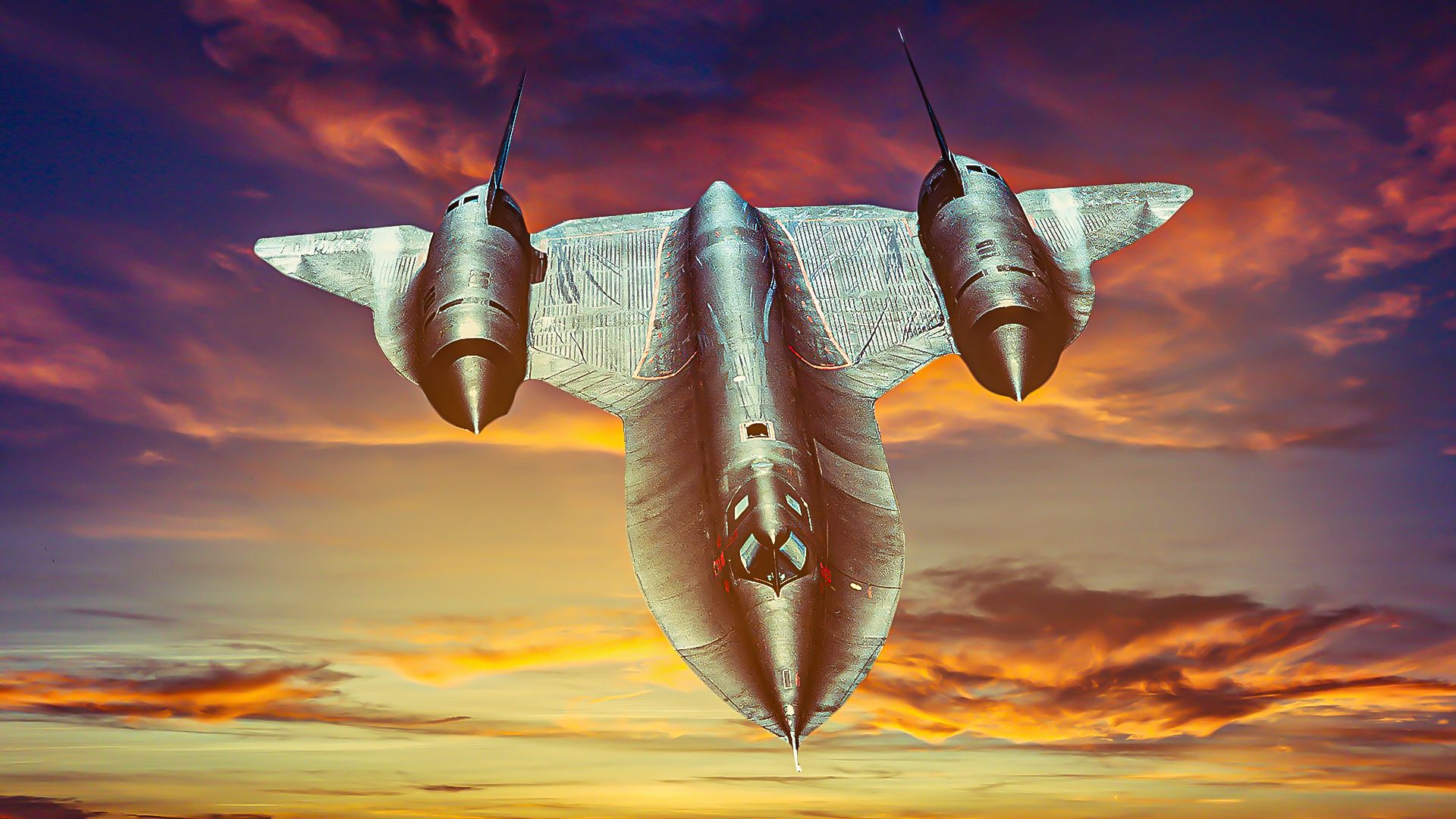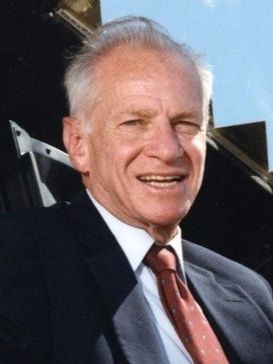26 years after its retirement from the US Air Force and 25 years after its retirement from the National Aeronautics and Space Administration (NASA), the Lockheed SR-71 Blackbird (unofficially nicknamed the “Habu” for a species of venomous pit viper endemic to the Ryukyu Islands of Japan) is still the fastest air-breathing aircraft ever made, with a top recorded speed of Mach 3.56 (2,731.478 mph; 4,395.887 km/h; 2373.59 kn).
That extreme speed also generated extreme heat, as in temperatures up to 1,000 degrees Fahrenheit (500 degrees Celsius) attacking the nose and cockpit of the aircraft. As the saying goes, “If you can’t stand the heat, get out of the kitchen” (or as rapper Coolio rephrased it in his 1994 song Fantastic Voyage, “If you can’t take the heat, get your @$$ out the kitchen/We on a mission“). Simple Flying now examines the engineering genius that enabled the Blackbird to stand the heat in fine fashion.
The Why and the Wherefore of the hot ‘n’ cold
The reason for that extreme heat is basic science. Friction from the air molecules colliding with the leading edges of the aircraft converts their potential energy into thermal energy, i.e., heat. Ergo, the faster the flight, the higher temperatures the plane will be subject to.
But wait, there’s more! As if that extreme heat weren’t enough of a challenge, there’s the concurrent challenge of the opposite end of the temperature spectrum, i.e., extreme cold. The “Habu” routinely flew at 70,000 ft (21,336 m), where the outside temperature is -67 degrees Fahrenheit (-55 degrees Celsius), which means that parts of the warbird will be in extreme heat while other parts are subject to extreme cold — talk about being “between hell and high water!”
Solution #1: The Paint Job
So then, how did the late great Clarence “Kelly” Johnson (February 27, 1910 – December 21, 1990) and his team of aircraft design & engineering geniuses at Lockheed’s (now Lockheed Martin’s) legendary Skunk Works division attack these dilemmas?
Part I of the solution was ingeniously simple (“KISS” as in the military acronym for “Keep It Simple. Stupid”), as Jenny Ma of Medium explains in a June 2020 article:
“The solution that Lockheed Martin engineers came up with was surprisingly simple — black paint. SkunkWorks’ Ben Rich remembered an elementary lesson from school: the colour black both emits and absorbs heat, hence it is great at distributing heat across a surface. Hence the plane was painted black (actually a very dark blue), and received the name, Blackbird.”
Cue the AC/DC song:
Solution #2: Titanium
Titanium is renowned for its resistance to high temperatures as well as its light weight compared to steel; ergo the Skunk Works engineers chose to assemble the Blackbird’s airframe using 93% titanium alloy.
This was borderline revolutionary for its time — the Central Intelligence Agency (CIA) signed the production contract with Lockheed in February 1960, and the Blackbird made its maiden flight on December 22, 1964 (with Lockheed Skunk Works Chief Test Pilot Robert J. “Bob” Gilliland [call sign “Dutch 51″] at the controls, according to the Flight Test Historical Foundation) — as back then it was extremely rare for aircraft to be composed of such a high proportion of titanium: the element was mostly relegated leading edges of wings and nose.
However, the titanium wasn’t an end-all, be-all solution just yet, as it had an inherent weakness. Jenny Ma thusly quotes a Skunk Works employee, presumably the aforementioned Ben Rich (June 18, 1925 – January 5, 1995; full name Benjamin Robert Rich), who became Kelly Johnson’s successor as Director of Skunk Works:
“It was said that the first batch of heat-treated titanium alloy parts were so brittle, that they would shatter if you dropped them from your desk.”
To make matters worse, it was discovered that on assembly lines, the steel tools normally used by the workers would damage the fragile titanium material as well. Last but certainly not least, the largest supplier of titanium in the world at the time was none other than America’s primary Cold War nemesis, the Union of Soviet Socialist Republics (USSR; Союз Советских Социалистических Республик/Soyuz Sovyetskikh Sotsialisticheskikh Respublik)!
Solution #3A and 3B: the solutions within the solution
The solution to the tooling dilemma was relatively simple: every tool in the engineers’ toolboxes was redone in titanium just for the manufacturing of the SR-71.
As for that adversarial supply chain issue, the US Government’s “secret squirrels” obtained the titanium through bogus front companies and Third World countries. So ironically enough, the Soviet Union ended up “sponsoring” the program that would go on to surveil their own country. Shades of Universal Exports Ltd. (the front company for Great Britain’s MI6/Secret Intelligence Service [SIS] in Ian Fleming’s James Bond/Agent 007 novels)! How apropos for a spy plane, eh?


